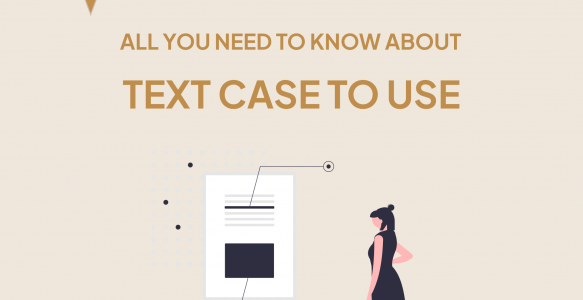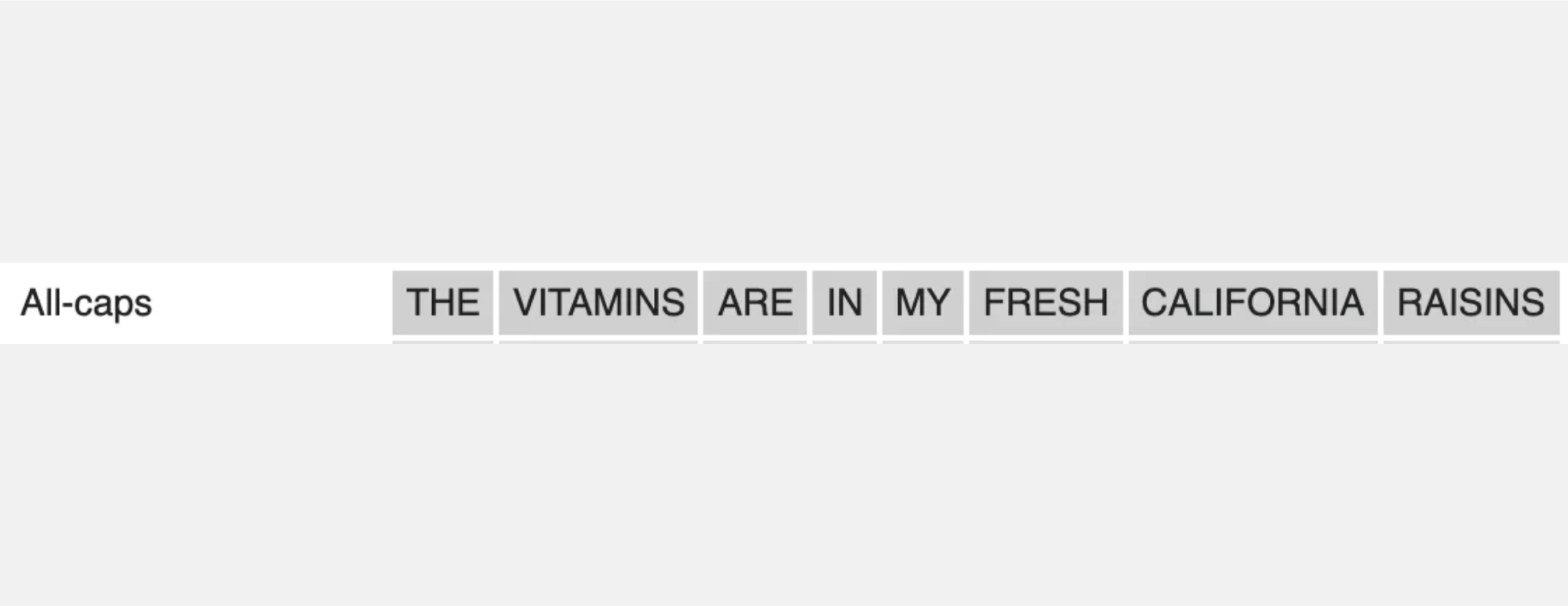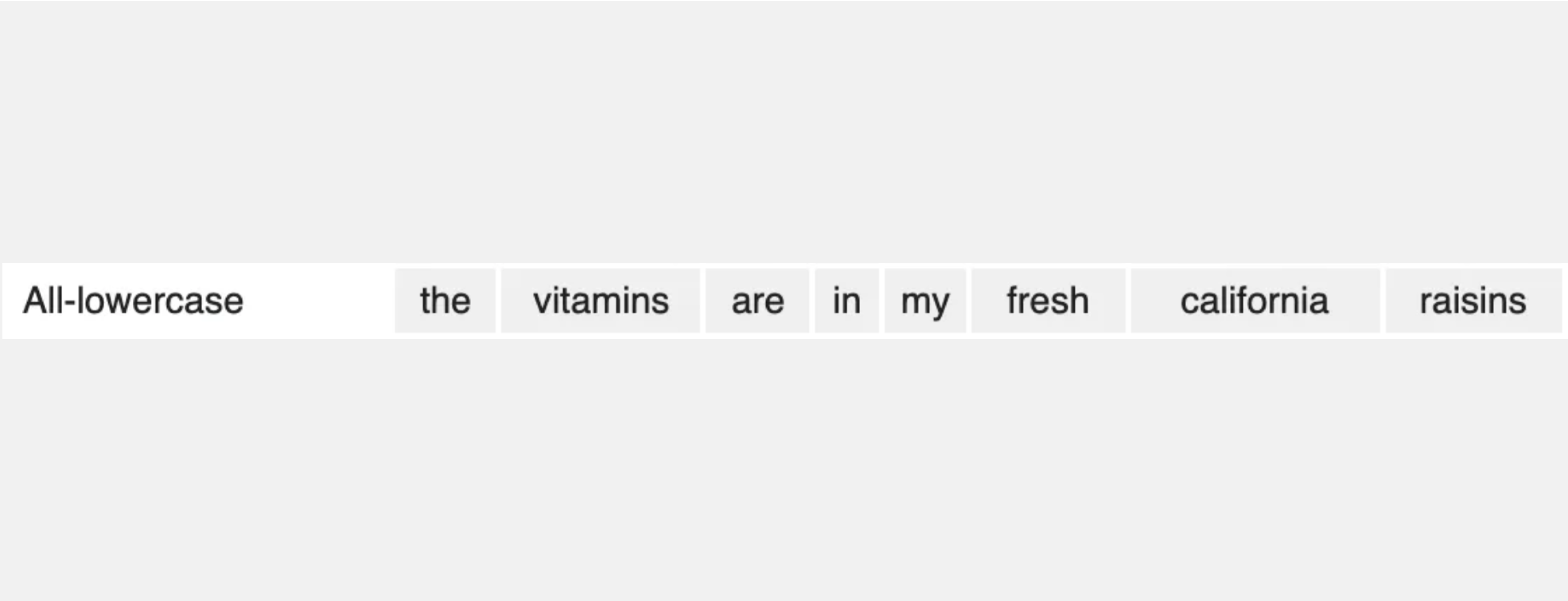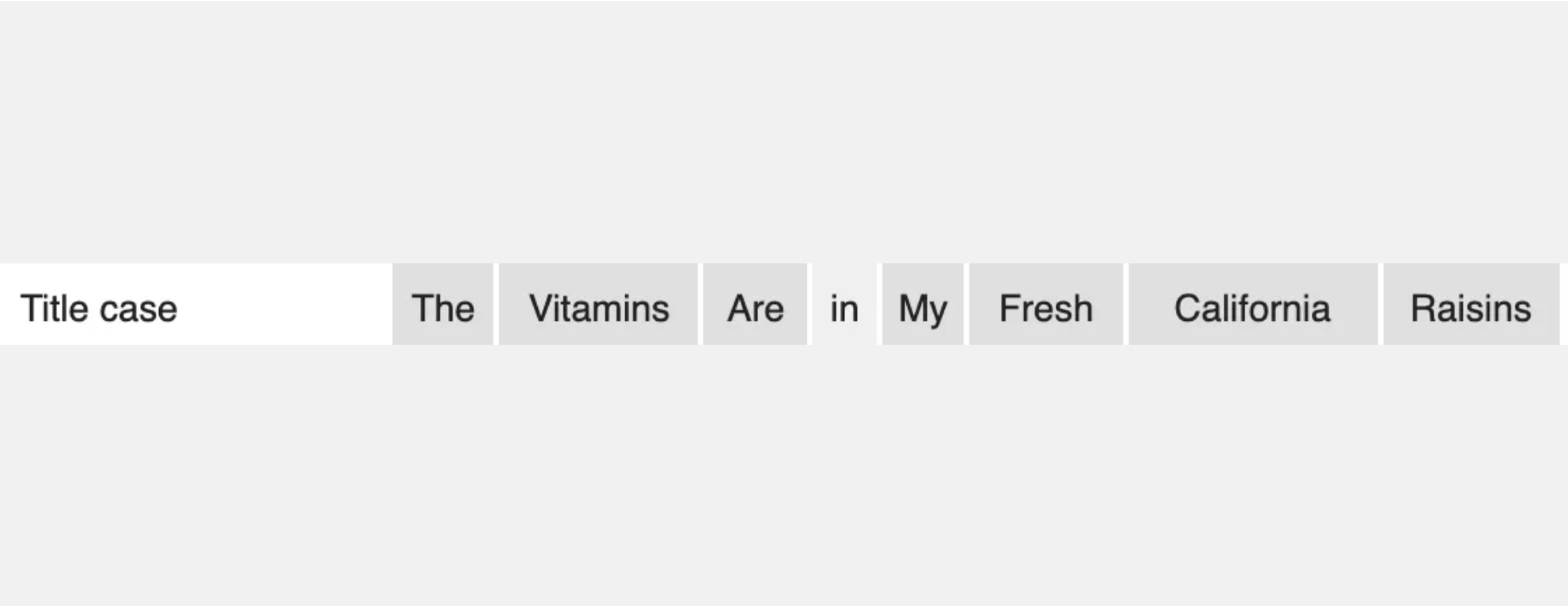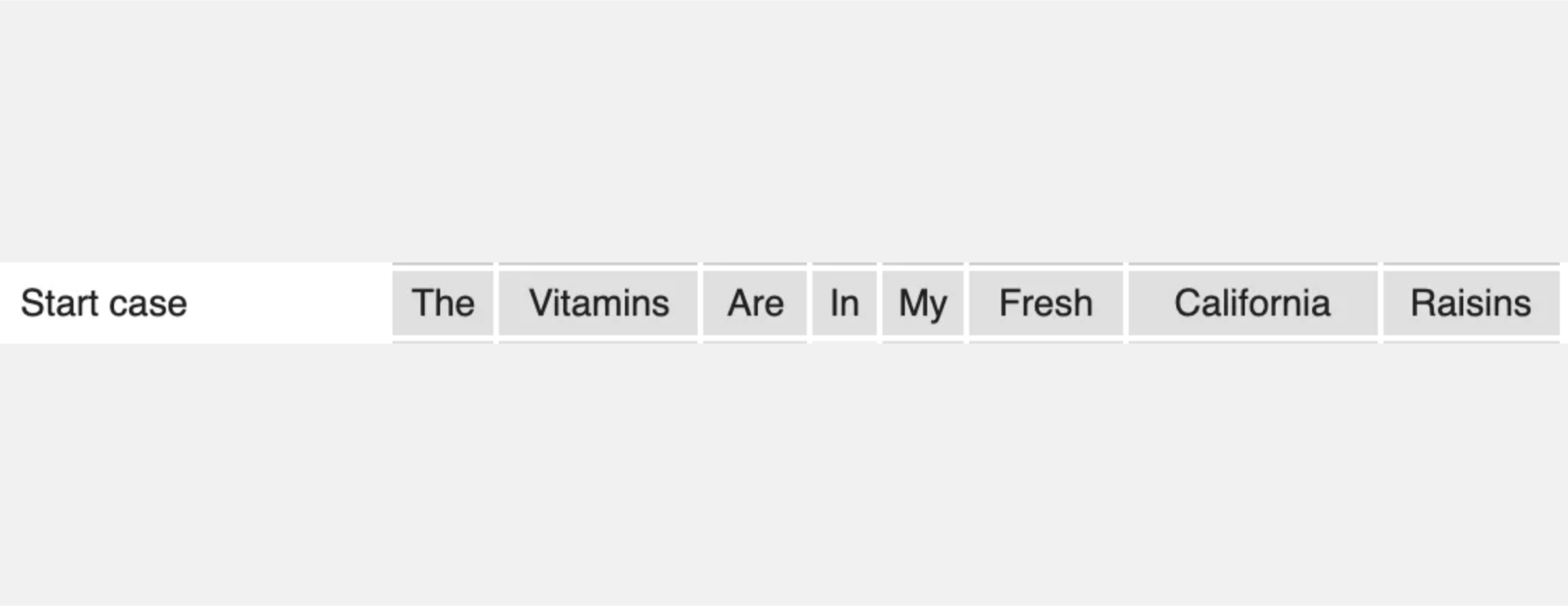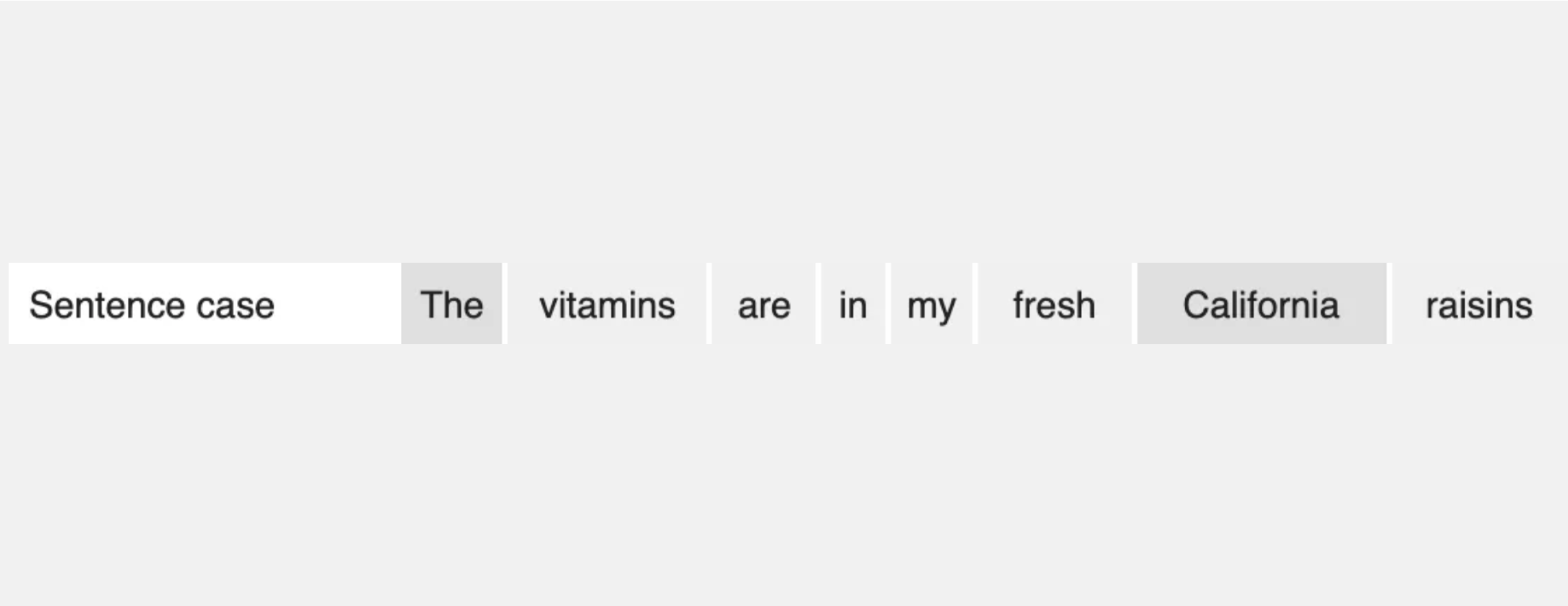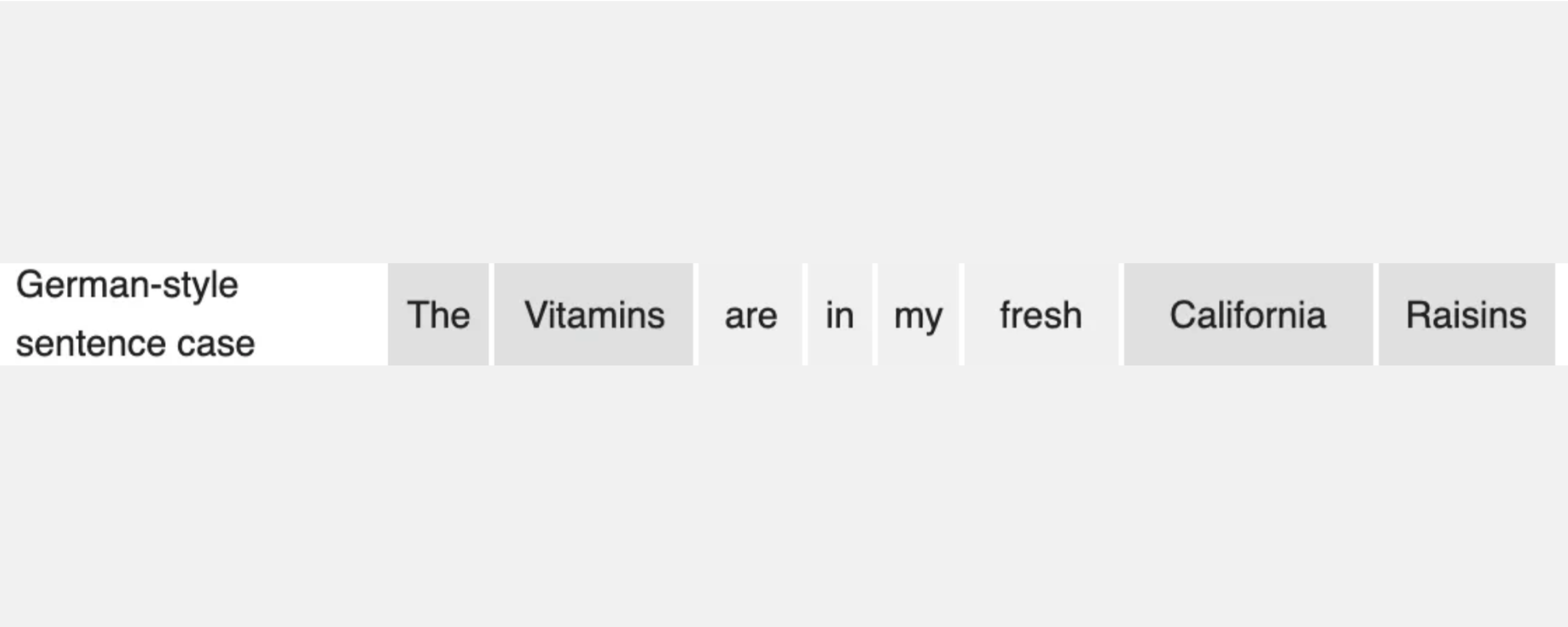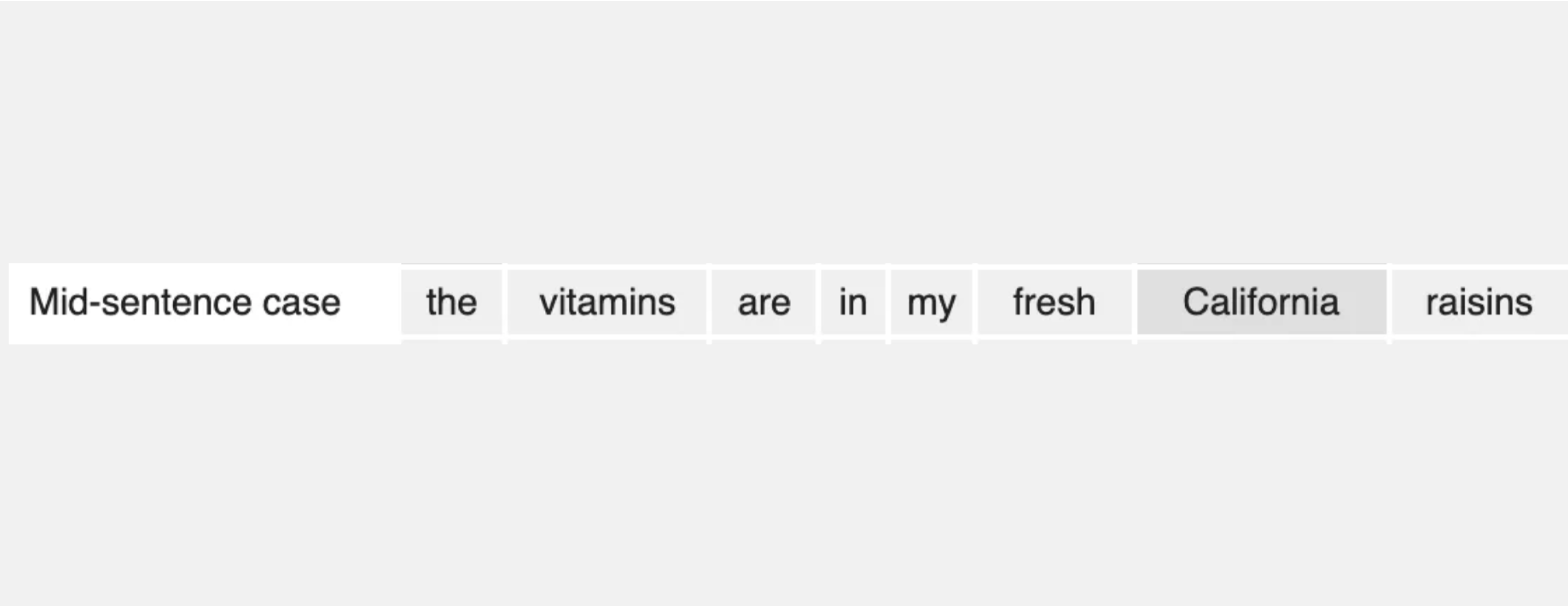In typography and UI design, “letter cases” refer to the different styles or forms in which letters can appear. There are three main letter cases: uppercase (or capital letters), lowercase, and title case. and all of them are :
-Start case
-Title case
-German-Style sentence case
-Sentence case
-Mid-Sentence case
-All-Lovercase
-Title case
-German-Style sentence case
-Sentence case
-Mid-Sentence case
-All-Lovercase
Uppercase (or Capital Letters)
Uppercase letters are larger versions of the letters in the alphabet and are commonly used at the beginning of sentences, proper nouns, acronyms, and headings.
In UI design, uppercase letters can be used to add emphasis, create a bold visual impact, or signify importance.
However, excessive use of uppercase letters can make text harder to read, and it’s generally recommended to use them sparingly for titles, headings, or short phrases rather than for body text.
Lowercase
Lowercase letters are the standard form of letters in the alphabet and are used in most text contexts, including body text, paragraphs, and sentences.
In UI design, lowercase letters are typically used for longer blocks of text, such as paragraphs, descriptions, and labels, as they are easier to read and less visually overwhelming than uppercase letters.
Lowercase letters are also often used for buttons, menus, and other interactive elements to maintain consistency and readability throughout the interface.
Titlecase
Title case refers to a style where the first letter of each word in a sentence or phrase is capitalized, except for articles, conjunctions, and prepositions (unless they are the first or last word of the title).
In UI design, title case is commonly used for headings, titles, and labels to enhance readability and create a polished, professional appearance.
Title case helps to distinguish titles and headings from regular body text, making it easier for users to quickly scan and understand the content hierarchy within the interface.
Startcase
“Startcase” is another term for “title case” It refers to a style where the first letter of each word in a sentence or phrase is capitalized, except for articles, conjunctions, and prepositions (unless they are the first or last word of the title).
This style is commonly used for headings, titles, and labels in UI design to enhance readability and create a polished, professional appearance.
It helps distinguish titles and headings from regular body text, making it easier for users to quickly scan and understand the content hierarchy within the interface.
Sentencecase
Sentence case is a style where only the first letter of the first word in a sentence or phrase is capitalized, along with any proper nouns or acronyms.
In UI design, sentence case is often used for body text, paragraphs, and descriptions, as it mimics the natural flow of written language and is generally easier to read than all lowercase text.
Sentence case is also commonly used for button labels, form fields, and other text elements where readability and clarity are important.
Unlike title case, which capitalizes the first letter of each word, sentence case maintains a more casual and approachable tone, making it suitable for longer blocks of text and informal interfaces.
German Style-Sentencecase
In German, sentence case follows similar rules to English. The first letter of the first word in a sentence is capitalized, as well as proper nouns and any other words that would normally be capitalized in German, such as nouns and the pronoun “I”. Unlike English, however, all nouns are capitalized in German, regardless of their position in a sentence.
Mid-Sentencecase
Mid-sentence case is not a standard term in typography or grammar. Typically, in written language, sentences begin with a capital letter and end with a punctuation mark such as a period, question mark, or exclamation point.
However, in certain contexts, such as informal communication or creative writing, individuals might intentionally deviate from standard grammatical conventions for stylistic purposes. In such cases, they may choose to capitalize words mid-sentence for emphasis or to convey a specific tone or mood.
It’s worth noting that while mid-sentence capitalization may have creative or stylistic uses, it can also potentially disrupt readability and comprehension, so it’s essential to use it judiciously and consider the context in which it’s being employed.


